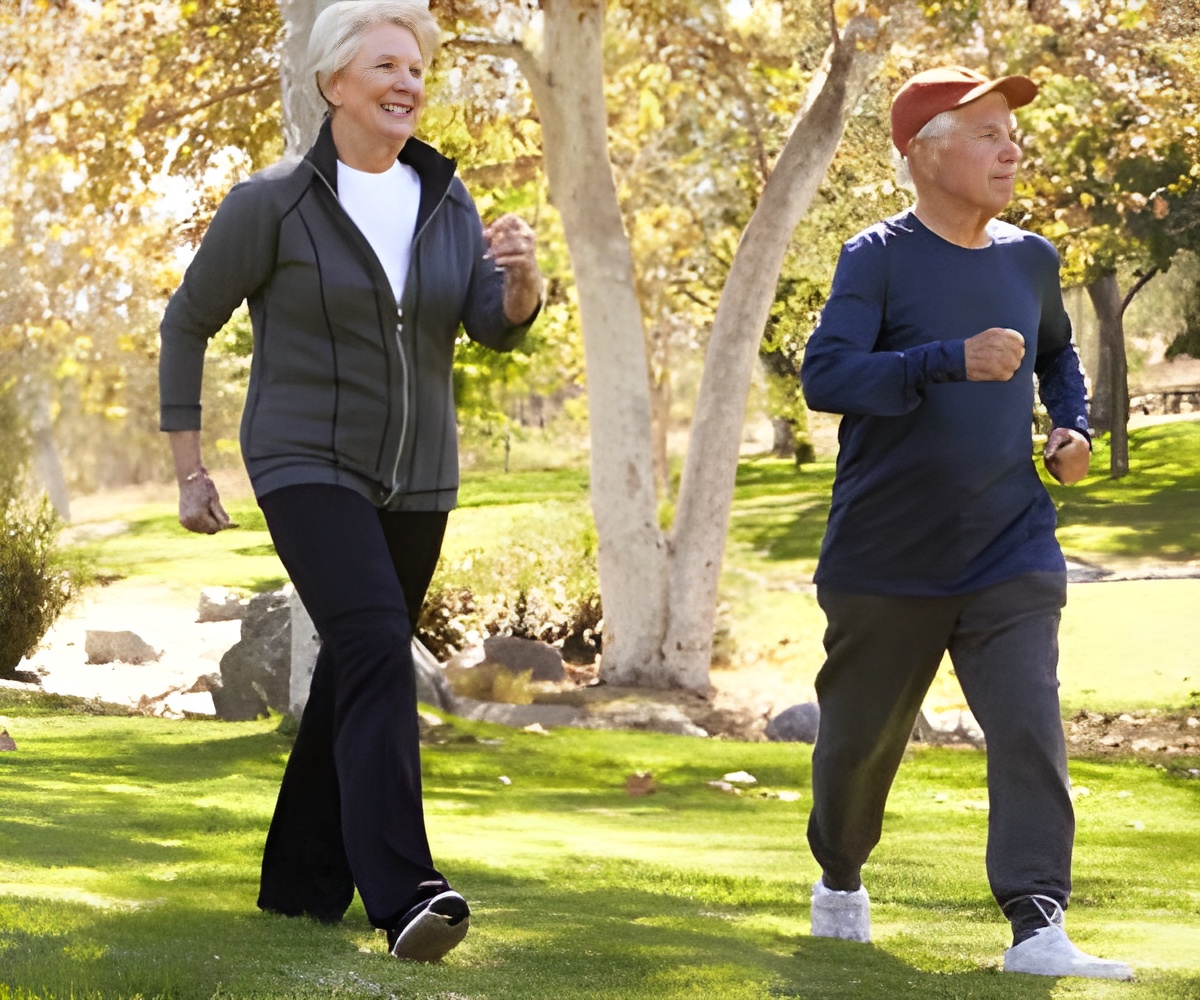
Neighborhood walkability, neighborhood social health, and self-selection among U.S. adults
Go to source). The findings of the study support one of six foundational pillars suggested as part of a national strategy to address a public health crisis caused by loneliness, isolation, and lack of connection in this country.
‘Living in a walkable neighborhood can have a positive impact on adults' social lives and sense of community, which is beneficial for physical and mental health.#mental health #social life #walking’
Tweet it Now
In May 2023, the Surgeon General Advisory stated that loneliness and isolation can lead to a 29% increased risk of heart disease, a 32% increased risk of stroke, a 50% increased risk of developing dementia among older adults, and an increased risk of premature death by more than 60%.To address this public health crisis, the Surgeon General recommends strengthening social infrastructure by designing environments that promote connection. Transportation and land use policies across the U.S. have strongly prioritized car travel and suburban development.
Walkable Neighborhoods Offer More Community, Better Health
Millions of Americans live in neighborhoods where they must drive everywhere, usually alone, and have little or no chance to interact with their neighbors (2✔ ✔Trusted SourceWalkable Neighborhoods and Cognition: Implications for the Design of Health Promoting Communities
Go to source). Walkable neighborhoods promote active behaviors like walking for leisure or transportation to school, work, shopping, or home.
The study analyzed data from the Neighborhood Quality of Life Study, which included 1,745 adults ages 20 to 66 living in 32 neighborhoods located in and around Seattle, Baltimore, and Washington, D.C.
Neighborhood walkability may promote social interactions with neighbors — like waving hello, asking for help, or socializing in their homes. Neighborhoods where people must drive in and out, and where there is an absence of gathering places, may have the opposite effect, preventing neighbors from socializing.
Promoting social interaction is an important public health goal (3✔ ✔Trusted Source
Relationships between social interactions, basic psychological needs, and wellbeing during the COVID-19 pandemic
Go to source). Understanding the role of neighborhood design bolsters our ability to advocate for the health of our communities and the individuals who reside in them.
Advertisement
References:
- Neighborhood walkability, neighborhood social health, and self-selection among U.S. adults - (https://www.sciencedirect.com/science/article/pii/S1353829223000734)
- Walkable Neighborhoods and Cognition: Implications for the Design of Health Promoting Communities - (https://journals.sagepub.com/doi/10.1177/08982643221075509)
- Relationships between social interactions, basic psychological needs, and wellbeing during the COVID-19 pandemic - (https://www.tandfonline.com/doi/abs/10.1080/08870446.2021.1921178?)
Source-Eurekalert









